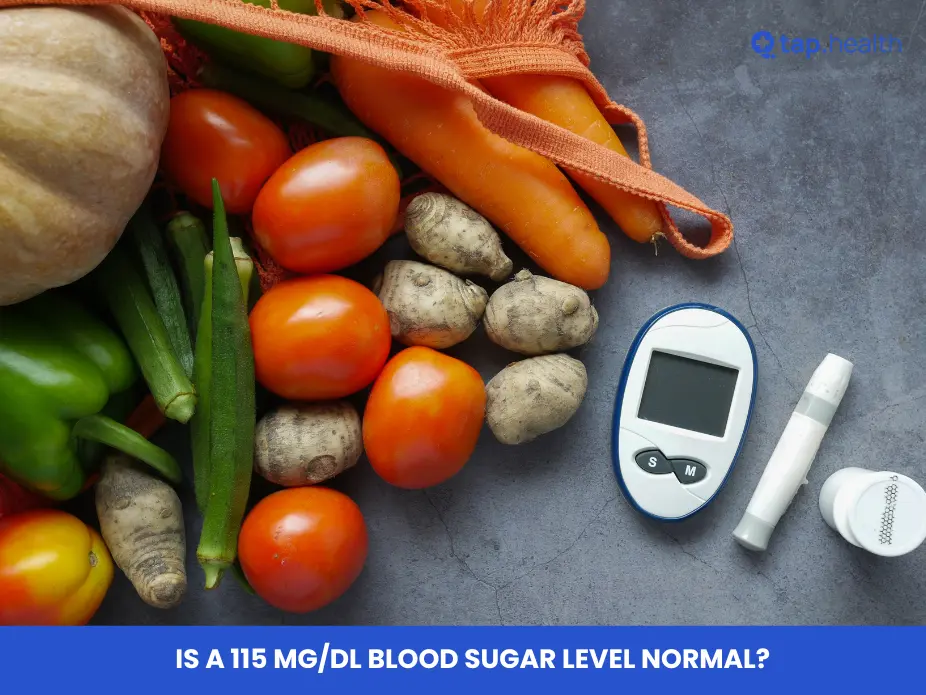Pan D is a widely prescribed medication for managing digestive health issues like GERD, gastric ulcers, and indigestion. Combining pantoprazole and domperidone, it offers a dual-action approach to reduce stomach acid and improve digestion. This blog provides a concise guide on how to take Pan D, covering dosage, administration tips, benefits, side effects, precautions, and more, based on the original content provided.
What Is Pan D Medicine and How Does It Work?
Pan D is a combination drug containing:
- Pantoprazole: A proton pump inhibitor (PPI) that reduces stomach acid production by blocking acid-producing enzymes.
- Domperidone: A dopamine receptor antagonist that enhances stomach and intestinal motility, aiding digestion.
Together, these components relieve symptoms like heartburn, acid reflux, and bloating by lowering acidity and promoting food movement through the digestive tract.
How It Works:
- Pantoprazole inhibits acid secretion, helping heal acid-related damage in the stomach and esophagus.
- Domperidone stimulates peristalsis, reducing nausea and discomfort from delayed gastric emptying.
This dual mechanism makes Pan D effective for various digestive conditions.
What Conditions Does Pan D Treat?
Pan D is prescribed for:
- Gastroesophageal Reflux Disease (GERD): Reduces acid reflux, heartburn, and regurgitation.
- Gastric Ulcers: Promotes healing by lowering stomach acid levels.
- Dyspepsia (Indigestion): Eases discomfort by regulating acidity and improving digestion.
- Motility Disorders: Treats delayed gastric emptying, reducing bloating and nausea.
- Gastritis: Alleviates inflammation of the stomach lining, relieving pain and nausea.
By addressing both acid production and digestive motility, Pan D improves quality of life for patients with these conditions.
How to Take Pan D: Dosage Guidelines
Standard Dosage:
- Typical Dose: 1–2 tablets daily, taken orally before meals.
- Frequency: Once or twice daily, depending on the condition’s severity.
- Duration: Follow the full course as prescribed by your doctor.
Key Tips for Administration:
- Take Pan D 15–30 minutes before meals for optimal absorption.
- Swallow the tablet whole with water; do not crush or chew.
- Consult your doctor before adjusting the dose, as it varies based on individual needs.
Important Note: Always follow your healthcare provider’s instructions to ensure safe and effective use.
What Are the Benefits of Pan D for Digestive Health?
Pan D offers multiple benefits for digestive health:
- Reduces Acid-Related Symptoms: Eases heartburn, acid reflux, and indigestion.
- Promotes Ulcer Healing: Lowers acidity to support stomach and esophageal repair.
- Improves Digestive Motility: Enhances food movement, reducing bloating and nausea.
- Enhances Nutrient Absorption: Supports a healthier gut for better nutrient uptake.
These benefits make Pan D a comprehensive solution for managing digestive disorders.
What Are the Potential Side Effects of Pan D?
While generally well-tolerated, Pan D may cause side effects in some users:
- Common Side Effects:
- Headache
- Dizziness
- Nausea
- Diarrhea
- Abdominal pain
- Rare Side Effects:
- Allergic reactions
- Irregular heart rhythms
- Hormonal imbalances
What to Do:
- Most side effects are mild and temporary.
- Seek immediate medical attention for severe symptoms like allergic reactions or irregular heartbeats.
Are There Any Drug Interactions with Pan D?
Pan D may interact with certain medications or substances, affecting its efficacy or safety:
- Medications to Watch:
- Ketoconazole
- Antibiotics
- Anticoagulants
- Liver-metabolized drugs
- Substances to Avoid: Alcohol, as it may increase side effect risks.
Precaution: Inform your doctor about all medications, supplements, or herbal products you’re taking to avoid harmful interactions.
What Precautions Should You Take with Pan D?
To ensure safe use of Pan D:
- Inform Your Doctor: Share details of medical conditions, allergies, or prior adverse reactions.
- Special Populations: Pregnant women, breastfeeding mothers, or those with liver/kidney issues may need dose adjustments.
- Follow Prescribed Dosage: Avoid abrupt discontinuation to prevent rebound acidity.
- Monitor Symptoms: Report any unusual symptoms to your healthcare provider promptly.
These precautions help minimize risks and maximize Pan D’s effectiveness.
How Does Pan D Compare to Other Digestive Medications?
Pan D stands out due to its combination of pantoprazole and domperidone, offering dual benefits:
- Unique Advantage: Addresses both acid production and motility, unlike single-action PPIs or motility agents.
- Efficacy: Provides comprehensive symptom relief for GERD, ulcers, and dyspepsia.
- Safety Profile: Generally safe when used as prescribed, with mild side effects in most cases.
Comparison:
- Single PPIs (e.g., omeprazole) focus only on acid reduction.
- Motility agents alone (e.g., metoclopramide) don’t address acidity.
- Pan D’s dual action makes it a preferred choice for complex digestive issues.
Consult your doctor to determine if Pan D is the best option for your condition.
What Does the Future Hold for Pan D?
Ongoing research aims to enhance Pan D’s use:
- Long-Term Safety: Studies are exploring its effects in specific populations, like the elderly or those with chronic conditions.
- Improved Formulations: Advances in delivery systems may enhance absorption and bioavailability.
- New Applications: Research is investigating Pan D’s potential for additional digestive conditions.
These developments promise to make Pan D even more effective in the future.
Frequently Asked Questions About Pan D
1. Can I take Pan D on an empty stomach?
Yes, Pan D is typically taken 15–30 minutes before meals for optimal absorption.
2. How long should I take Pan D?
Follow your doctor’s prescribed duration, which depends on your condition. Do not stop abruptly to avoid rebound acidity.
3. Is Pan D safe for long-term use?
Long-term use is safe under medical supervision, but regular monitoring is recommended to avoid potential side effects.
4. Can I drink alcohol while taking Pan D?
Avoid alcohol, as it may increase the risk of side effects like nausea or dizziness.
5. What should I do if I miss a dose?
Take the missed dose as soon as you remember, unless it’s close to the next dose. Do not double the dose.
Conclusion
Pan D is a powerful medication for managing digestive health conditions like GERD, gastric ulcers, dyspepsia, and motility disorders. Its combination of pantoprazole and domperidone effectively reduces stomach acid and improves digestion, offering relief from symptoms and promoting gut health. By following proper dosage guidelines, taking precautions, and consulting your doctor, you can use Pan D safely and effectively. Ongoing research continues to enhance its applications, making it a promising option for digestive health management. Always consult a healthcare professional for personalized advice.



